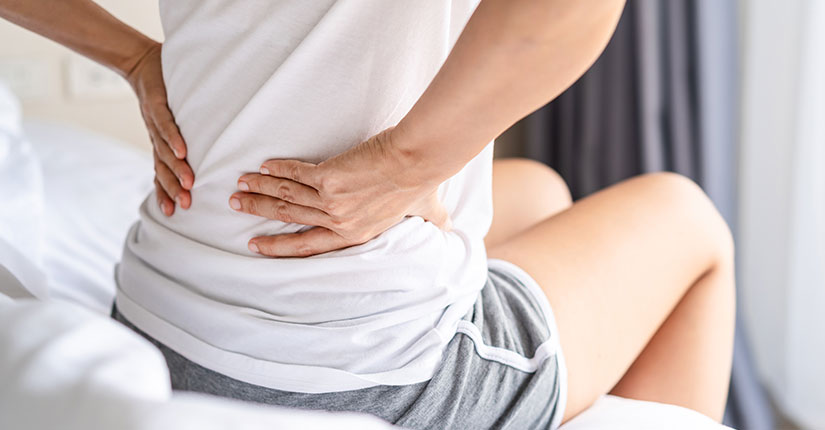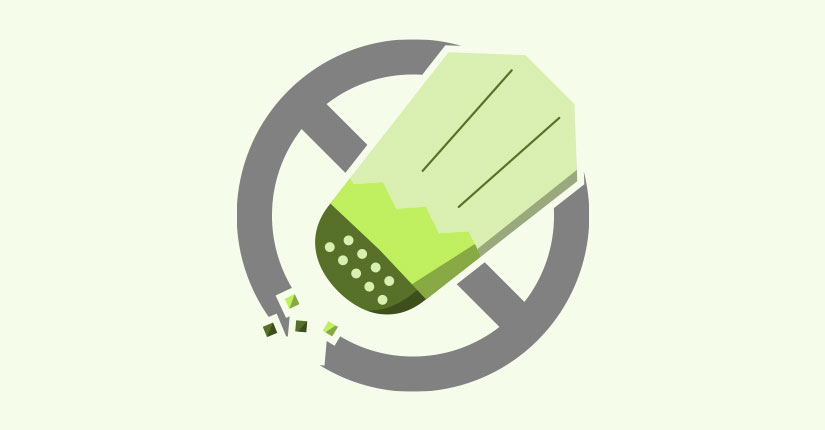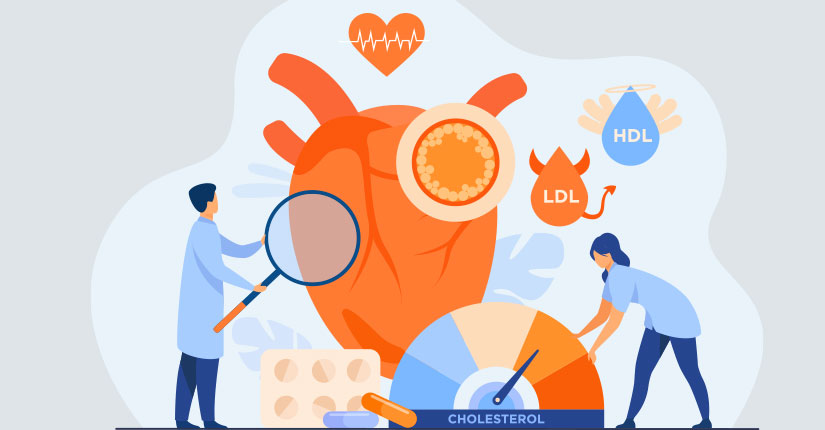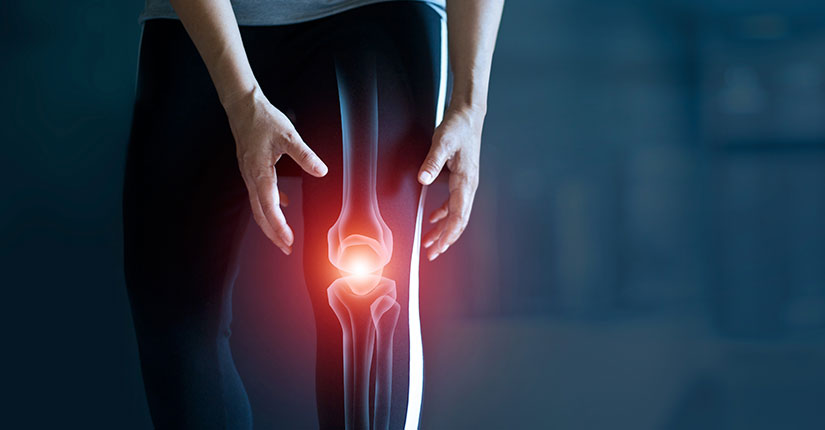All about the Spinal Health
By Nmami Agarwal 21-Dec 2021 Reading Time: 6 Mins

According to reports, 80% of the adults are facing lower back pain at some or the other point in their lives and 10-15% of all sports-related injuries involve the spine. Lower back pain takes a longer time to recover than any other type of occupational injury and is the most frequent cause of activity limitation in those under age 45. So, it’s crucial to understand what the spine is, what is its function in the movement, and most importantly how we can keep it healthy.
The spine or backbone provides structural support for our bodies, protection for our central nerves, facilitates locomotion, and helps you do basic work like walk, twist or move. The spine is made up of 24 semi-rigid presacral vertebrae, and all of them are separated by discs.
But do you know sitting for prolonged periods is bad news for your spine? Yep! Get up and move your body. If you’re the one who is always sitting around, take time to get up, walk, bike, and stretch out your body. Always do what feels good for you and listen to your body carefully.
What can lead to spinal problems?
Usually, spinal problems are multi-factorial. Predisposing factors include:
- Poor mobility in surrounding muscles
- Bad biomechanics
- Poor posture
- Weakness of supporting musculature
- Muscle imbalances
- Sedentary lifestyle, sitting, and immobility
Ways to keep your spine health in check:
- Try to stay active: You are at an increased risk of experiencing lower back pain if you are not active or physically fit. Keep yourself active in any form of exercise like regular visits to the gym, walk, bike, swim, or play with your kids. The most feasible form of exercise for your back and neck is one that combines stretching, strengthening and aerobic activity.
- Maintain a healthy weight: If you are overweight or obese, or quickly gain a significant amount of weight, then it might be a major risk factor for low back pain. Especially if you have belly fat, it can put a lot of stress on the muscles, ligaments, and tendons in your lower back.
- Pay close attention to your work posture: We often get so engrossed in our work life that we forget how much stress and pressure our back is handling due to our sitting postures while working. Always ensure your workspace whether a laptop, phone, computer desk, or even your car is set up for your height and functionality. Choose a chair that provides much necessary lower back support to you. Keep your knees at 90 degrees and your feet should rest comfortably on the floor. Don’t forget to take small breaks in between your work schedules too.
- Stretching to the rescue: Keeping flexibility helps maintain normal joint function and a good range of motion. It also reduces the risk of injury. If you start your day with a few good stretches, it can not only be rejuvenating but can also promote good spinal health.
- Sleep well: Sleeping is very important for your healthy spine. It is advised to sleep on your side, not your stomach because sleeping on your stomach puts too much pressure on your spine. Sleeping on your side also reduces upper airway collapse, and thus helping to prevent sleep apnea symptoms and give you a better night’s rest.
Over to you:
Make sure that you always listen to what your body is trying to tell you. Don’t ignore warning signs of slight back pain as it can indicate a more serious problem. Consult your doctor, immediately. Also, drink enough water and take a healthy diet rich in proteins and calcium besides other essential nutrients for good spine health.




















